Coworking Goes Mainstream as Flexibility Reigns
Flexible office is becoming a core feature of the real estate market as tenants raise their expectations and landlords respond.
As flexibility becomes a must-have amenity for office tenants, coworking or flex office arrangements are proliferating. Tenants are demanding ever-more-sophisticated arrangements, and landlords are anxious to optimize their buildings.
Meanwhile, the range and variety of options are growing, as well. From Regus centers in international airports to female-focused venues in suburban towns, niche and independent operators now account for 84 percent of the U.S. market, according to data from workspace innovation firm The Instant Group.

Main lounge at a Tishman Speyer Studio location in Beverly Hills, Calif. Image courtesy of Samantha West
Medical coworking, for instance, has shown early promise as a solution for doctors finding it increasingly challenging to run an independent practice. New York-based Lina provides flexible medical space by the hour, the day or the year, giving practitioners the option to either furnish and equip their “own” space or use accommodations provided on-demand by the company.
All three of Lina’s fully operating locations in Manhattan are at or near 100 percent capacity, according to Vicrum Puri, who co-founded the company with Rachel Puri. “Immediately, doctors started coming through our doors and asking for space” after the first venue opened, he noted.
Acting on a plan to expand nationwide, Lina partnered with Rieber Developments on a 12,000-square-foot medical coworking space in Ivory 214, a project under development in Aventura, Fla. The 10-story medical and professional office building, which topped off in December, will neighbor a senior living facility as part of the larger Aventura Medical District.
READ ALSO: Six Predictions for Coworking in 2020
Also dotting the coworking landscape are boutique spaces such as The Little Wing, a venue where mothers can drop off their children and work in a shared office. The initiative was launched in 2018 by The Wing, a network of coworking spaces for women in the U.S. and London that now includes two Little Wing locations in New York City and West Hollywood, Calif.
The Little Wing is just one of many mom-centric destinations that are cropping up nationwide, with operators such as Hacker Moms, the Jane Club and Recess Collective providing a similar mix of on-site childcare and workspaces.
“As employees demand a better work-life balance, they want workspaces available closer to their homes or places where they can pop in for a few hours to get work done away from the main office and away from their homes,” noted Joe Brady, CEO for the Americas at Instant.
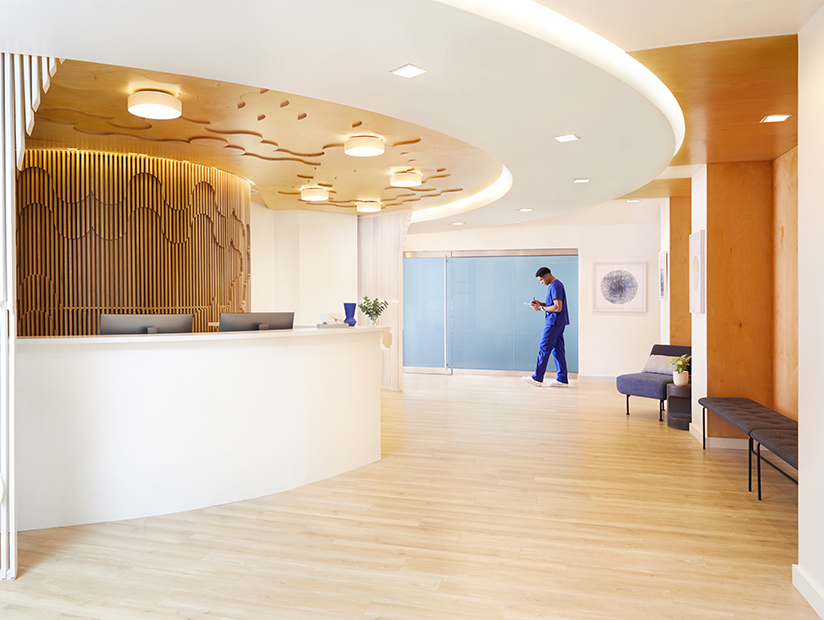
Lina is a New York City medical coworking operation with three locations in Manhattan. Photo courtesy of Lina
An amenity is born
Adding to an already crowded field, a number of major landlords have unveiled flexible office concepts of their own in recent years, with behemoths such as Tishman Speyer, Hines, Boston Properties and The Durst Org. venturing into the market. New York-based Durst launched Durst Ready last year, offering flexible, move-in-ready space in four of its Manhattan office buildings, including One World Trade Center.
Tishman Speyer made its first foray into the segment in 2018, launching its Studio brand under the leadership of Managing Director Thais Galli. The platform has grown to nearly 300,000 square feet in Tishman Speyer-owned buildings across the U.S., Germany and Brazil, including eight Studio locations, as well as four dedicated, turnkey workspaces tailored to individual businesses under the Studio Private offering. The company has another 260,000 square feet of locations in the pipeline for 2020.
“Landlords are being forced to either partner with, acquire or become a flexible space provider,” said Brady. “A few years ago, landlords were still trying to figure out what they wanted to do. At the start of 2020, many have already established strong partnerships … or created a strong, flexible office brand themselves.”
Property owners have discovered the utility of coworking as a tool to retain tenants. Galli cited the experience of a large financial services firm in Chicago, which has moved into a Studio space under a 12-month agreement while its office across two floors of another Tishman Speyer property is being renovated. The company plans to move back to the original space after its stint with Studio.
“It allows us to keep the tenant with us,” Galli noted. “Otherwise they would end up going to another property.”
In another case, a hedge fund moved into a Studio location in New York City, later shifting to a traditional office space on another floor of the same building after securing the required funding.
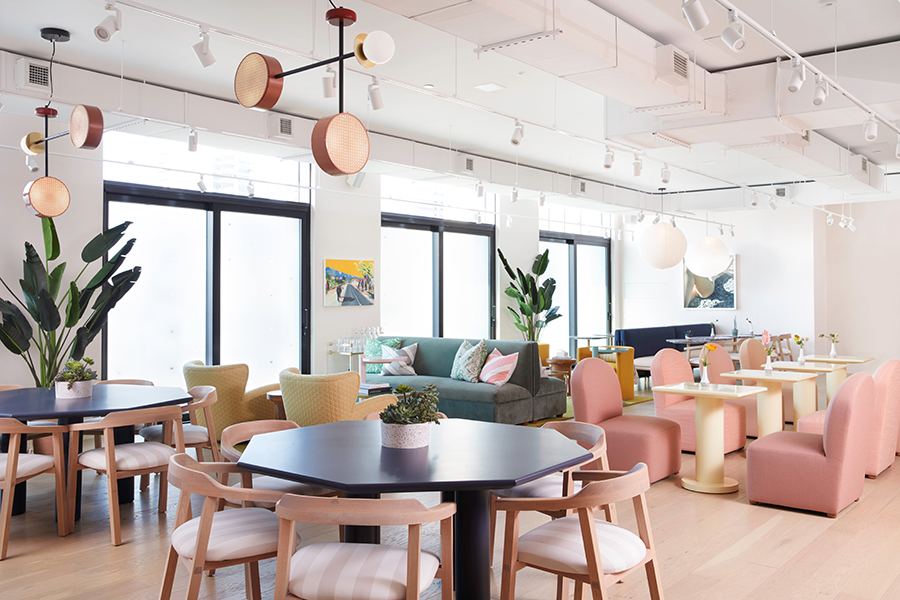
The Little Wing in Brooklyn, N.Y., is a coworking space that caters to working mothers. Photo courtesy of the Little Wing
Big firms hedge their bets
These phased corporate migrations also highlight the way that larger firms are increasingly using coworking venues as pilot, proving ground or spillover spaces. “I would say that if you’re a large company, it’s still more of an option like an executive suite,” said Grant Pruitt, president & managing director of Dallas-based brokerage Whitebox Real Estate. “They’re not going to put their entire presence in a coworking space, mostly because it’s so expensive.”
Pruitt observed that a number of companies in his market have recently leased out flexible office spaces in the range of 4,000 to 6,000 square feet. “I think you’re going to be hard-pressed to find people taking much more space than that,” he said. “And those are few and far between.”
“We’re seeing more and more companies saying, ‘I only want to move into this building if it has coworking or some sort of flexible space,’ ” Galli said. “Because the economy is so dynamic, I still want to have my own space, client area, culture and identity, but I want a portion of it to be flexible.”

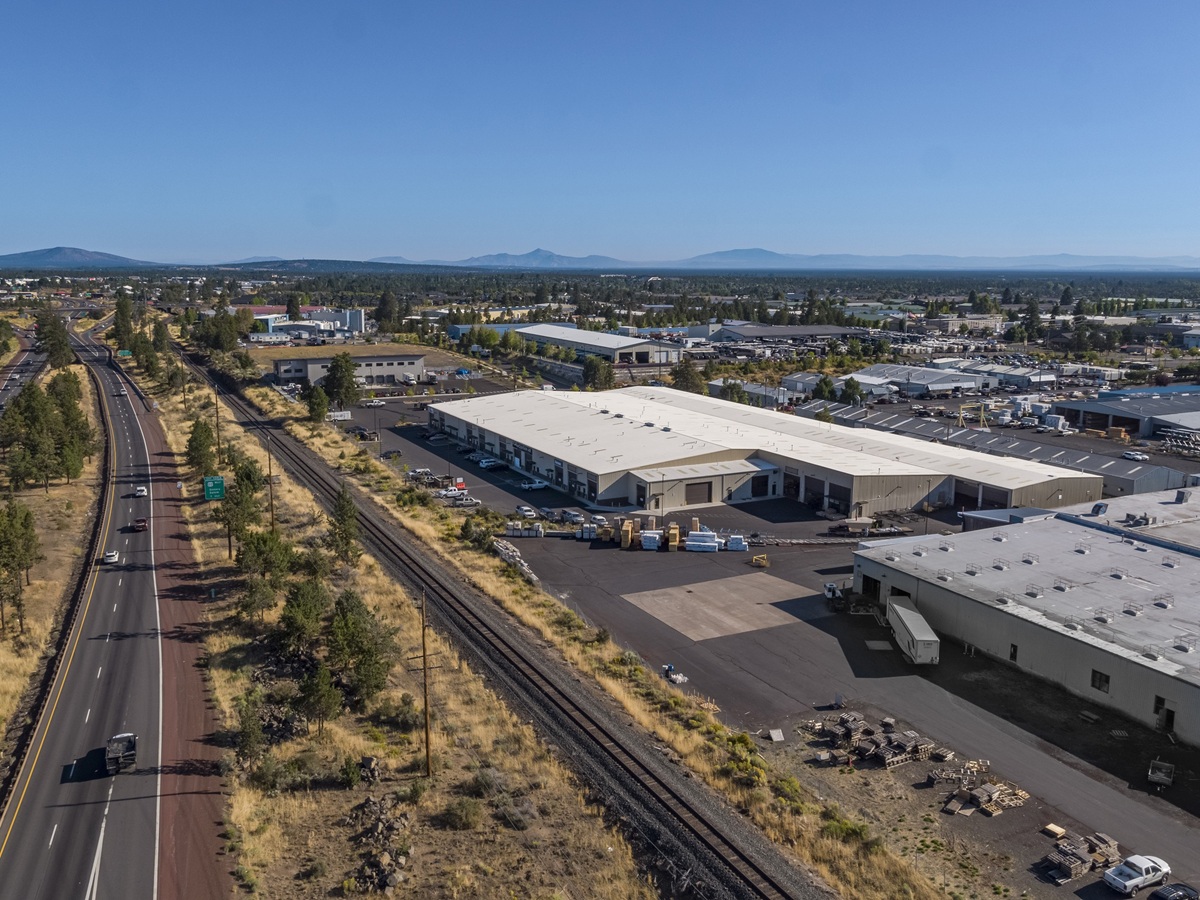


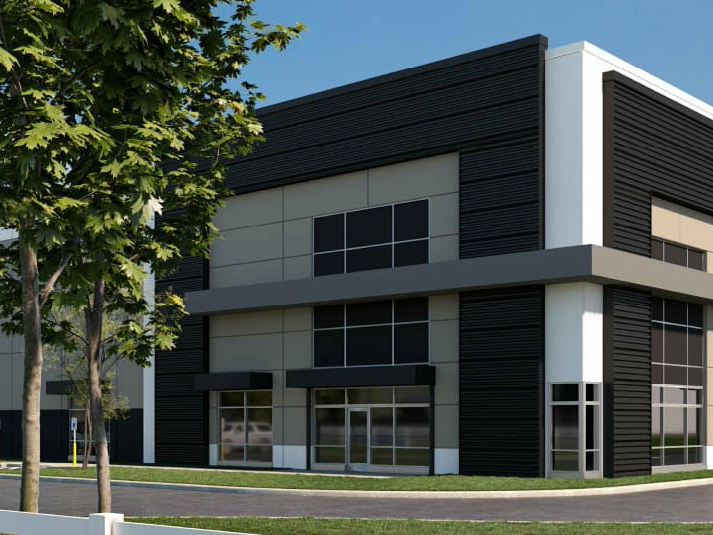

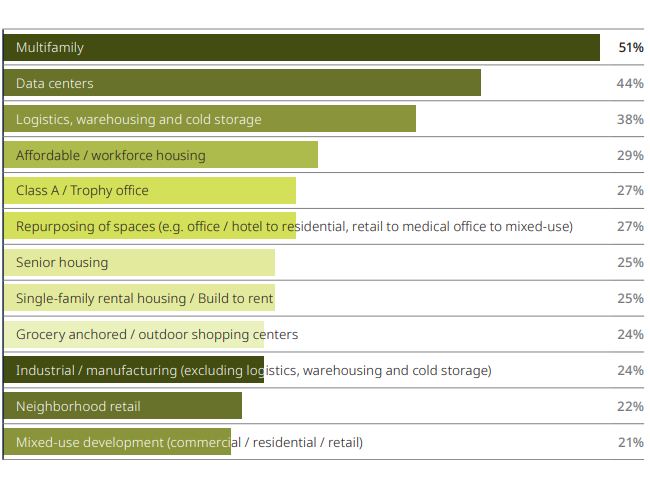

You must be logged in to post a comment.